
Thierry Cohen’s dazzling photographs are rich not only in implication and in sheer visual appeal, but in technical ingenuity. The laborious process of creating his nightscape images reveals exactly what a specific city’s inhabitants would see when gazing skyward on a clear night if pollution — atmospheric and, even more importantly, light pollution — were not obstructing the view.
The method he employs to produce his pictures is, in its own way, as fascinating as the result. After photographing a cityscape, Cohen positions himself on that city’s exact same geographical latitude in a desert — often thousands of miles away — and takes a photograph, facing the same direction, at the same sidereal time (a scale based on the Earth’s rate of rotation relative to fixed stars) as in the city itself.
“The best way to show the stars that are no longer [visible from the city] is to simply put them back in their place,” Cohen says.
Despite the state-of-the-art digital manipulation he brings to bear, Cohen compares his procedure to techniques utilized by old (sometimes very old) masters of the craft. Like Gustave Le Gray, who in the 1850s merged images of seascapes with sky scenery, Cohen also combines two “scape” pictures — a cityscape and a star-sprayed nightscape — in order to build his utterly singular photographs.
“I use the same techniques [as early photography innovators], simply with different tools,” Cohen explains.
Cohen has traveled the world and shuttled between bustling cities and empty, silent deserts in pursuit of his vision. For his Rio de Janeiro and Sao Paolo photos, he traveled to the Atacama Desert in Chile. For New York, he travelled to Black Rock Desert, Nevada.
Beyond the technical challenges that he’s faced, Cohen has also endured what might be termed more prosaic, if no less intense, human-made hurdles. When he ventured into the Western Sahara, for example, to create his Hong Kong nightscape, he had to be escorted. Due to the conflict between the Polisario Front and Morocco and the prevalence of countless land mines that still pock the territory, it was far too dangerous for him to wander the desert alone.
“That is when the project went further than talking about pollution,” he says. “It became something political. The sky is a link between human beings. It is a representation of what earth should be — without borders and without war.”
Although his photographs interrogate the stresses and the benefits — in fact, the very nature of urban living — Cohen started the project with a more basic goal: namely, to create utopian (and, in a sense, imaginary) photographs that let the viewer dream.
Ultimately, though, what he’s trying to do is bring to the city the silence he felt in the desert. “I am creating a bridge between the two environments,” he says.
Thierry Cohen will exhibit at the Danziger Gallery, New York March 28 – May 4, 2013 and the photographs will continue to travel to AIPAD, April 3-7, and Paris Photo Los Angeles, April 24-28. He plans to continue the project by photographing the sky and stars in relation to human conflict.
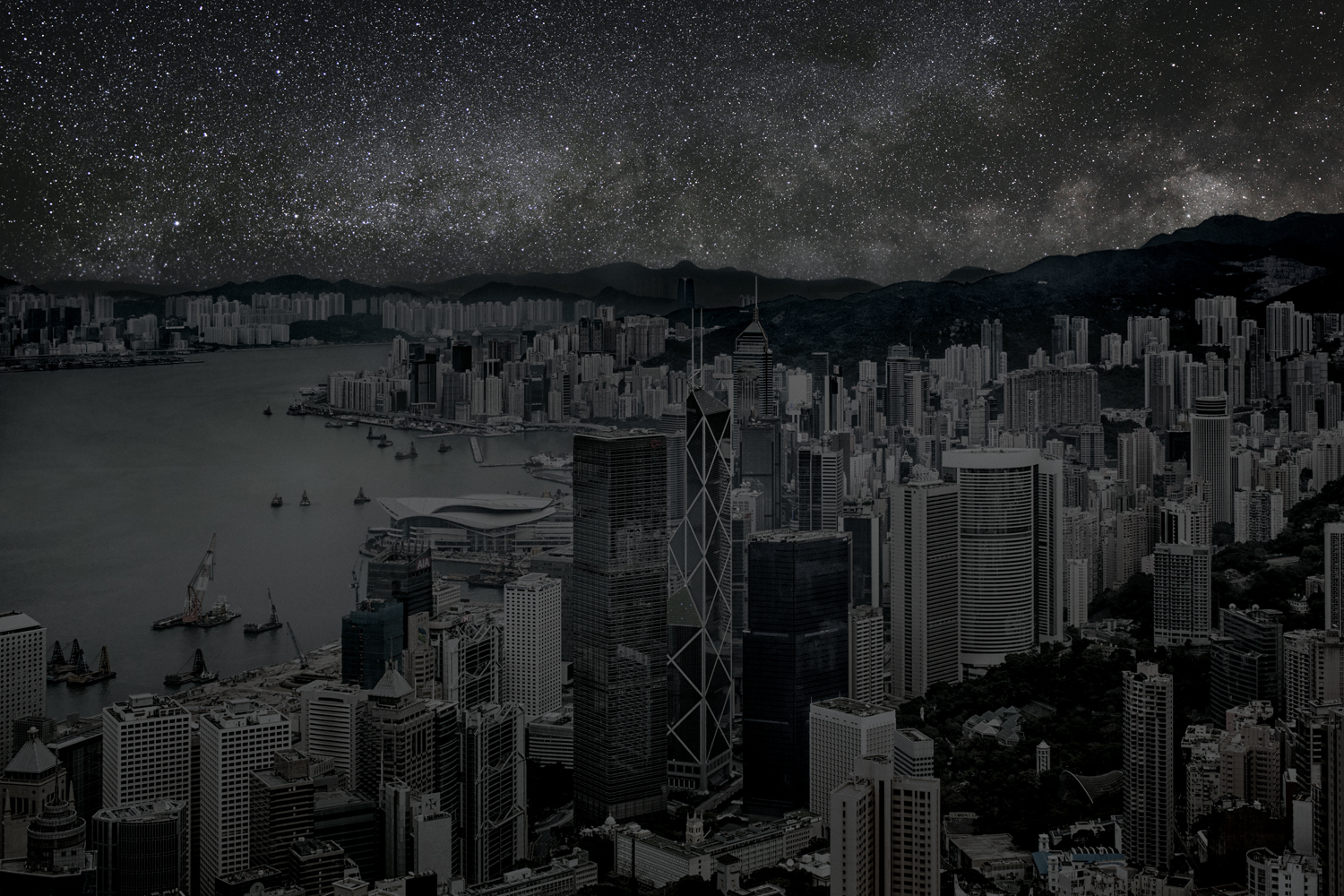
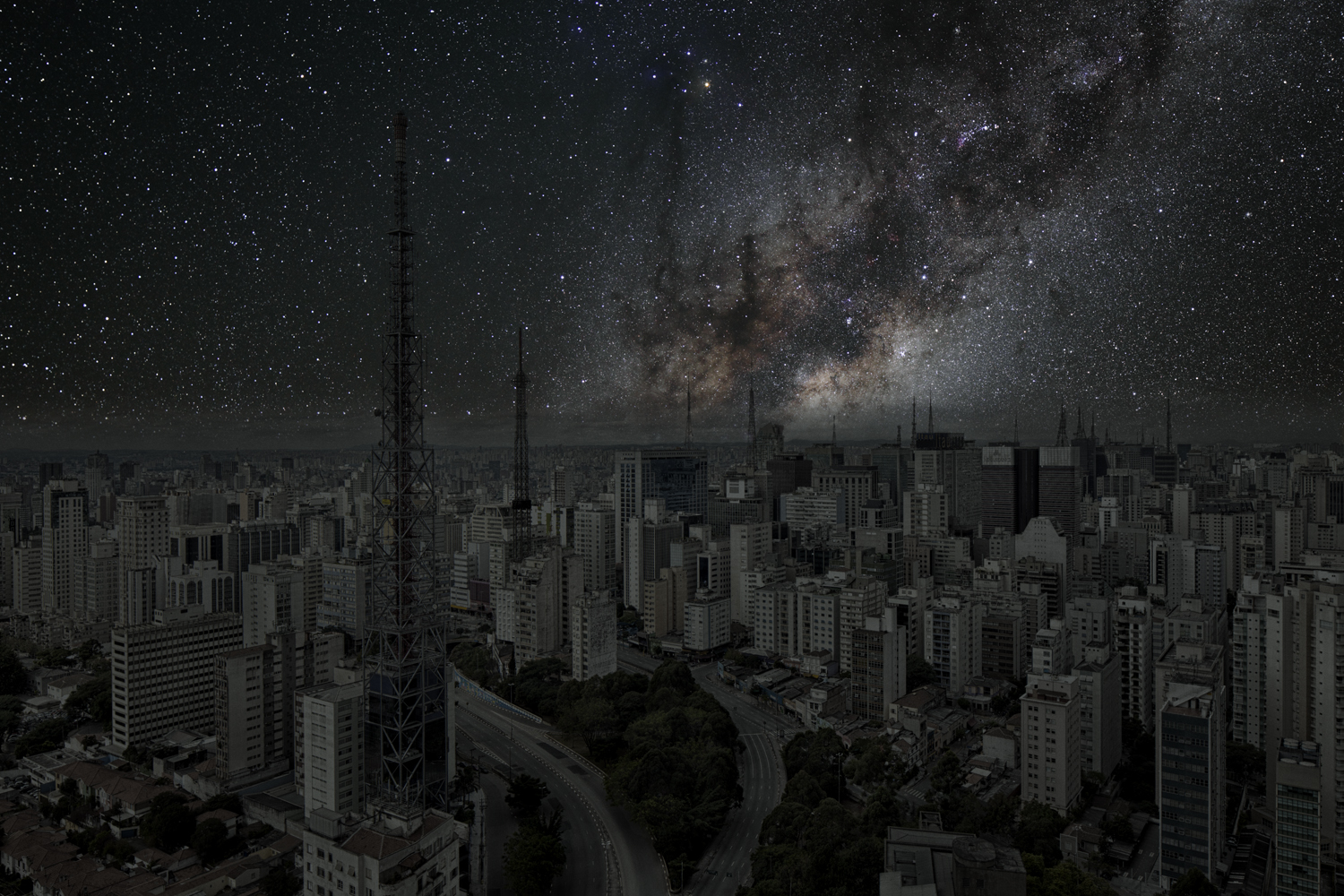
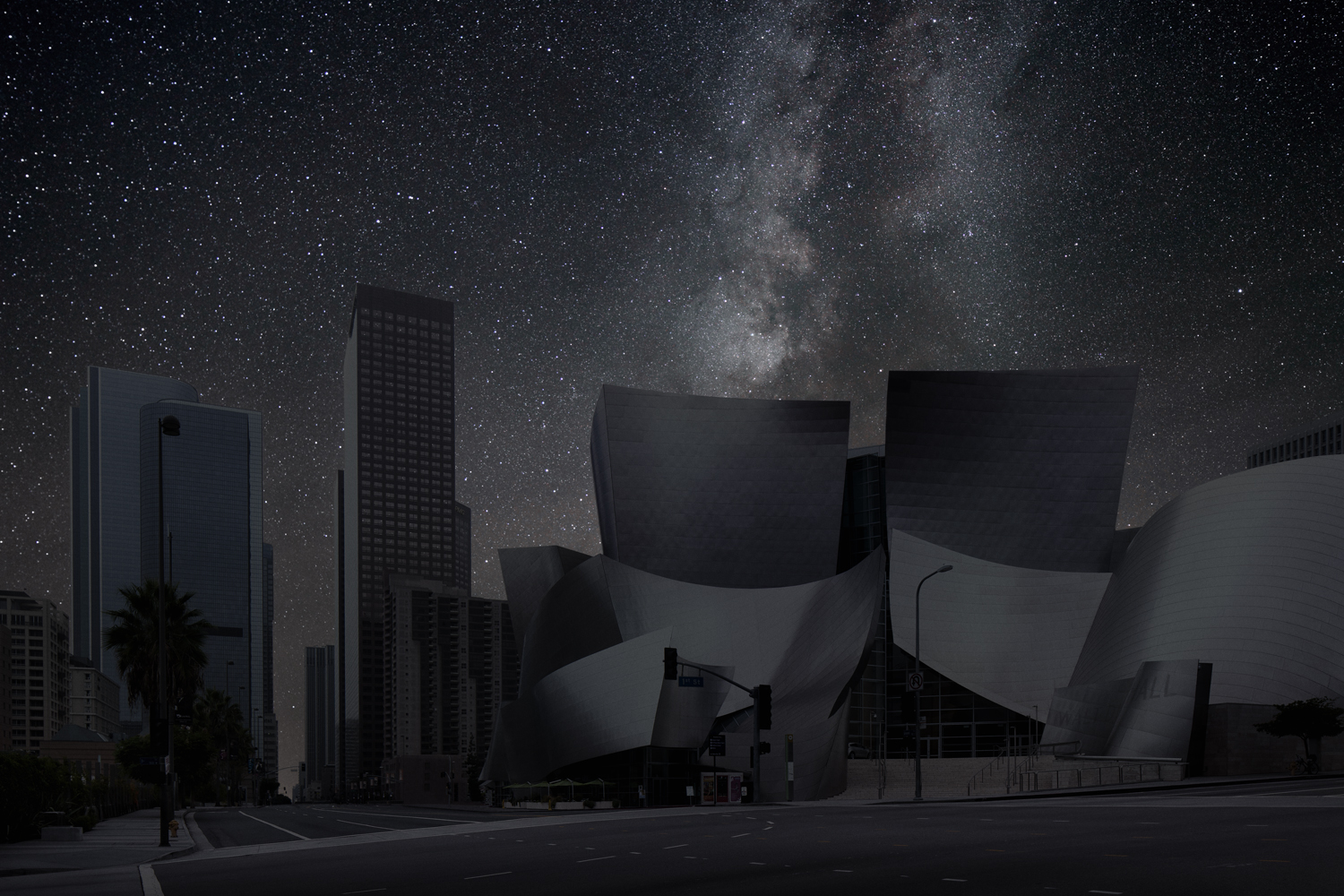
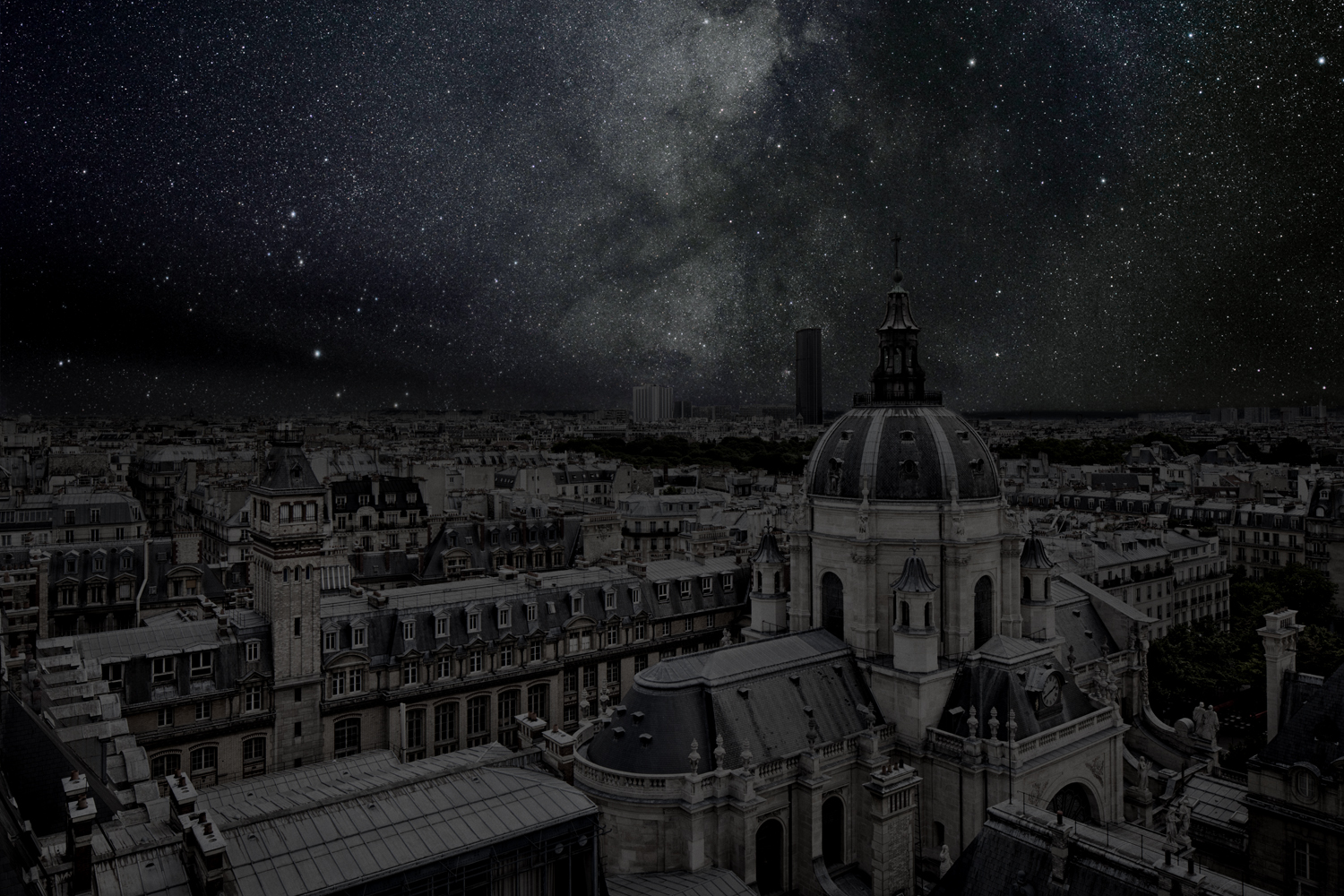

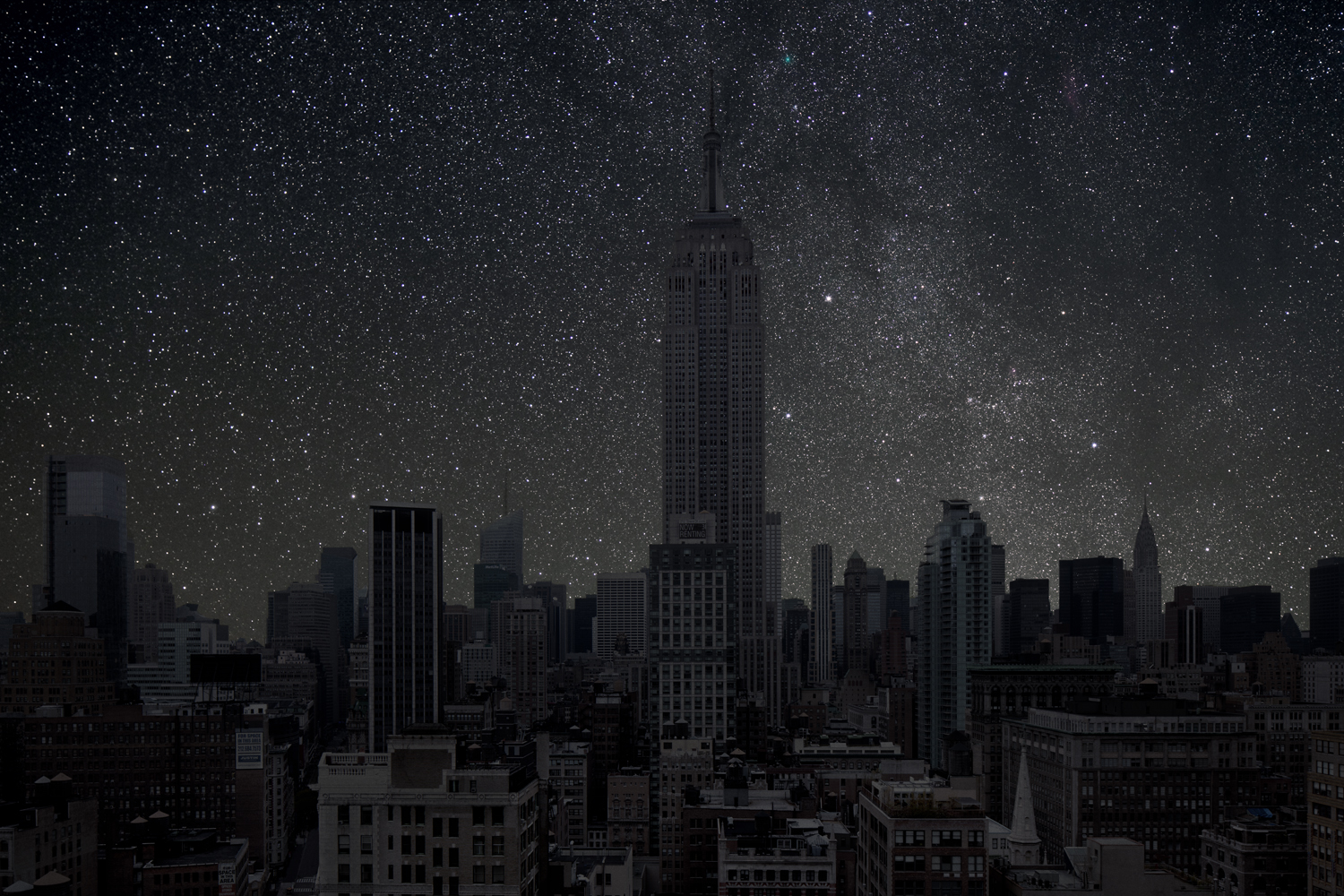

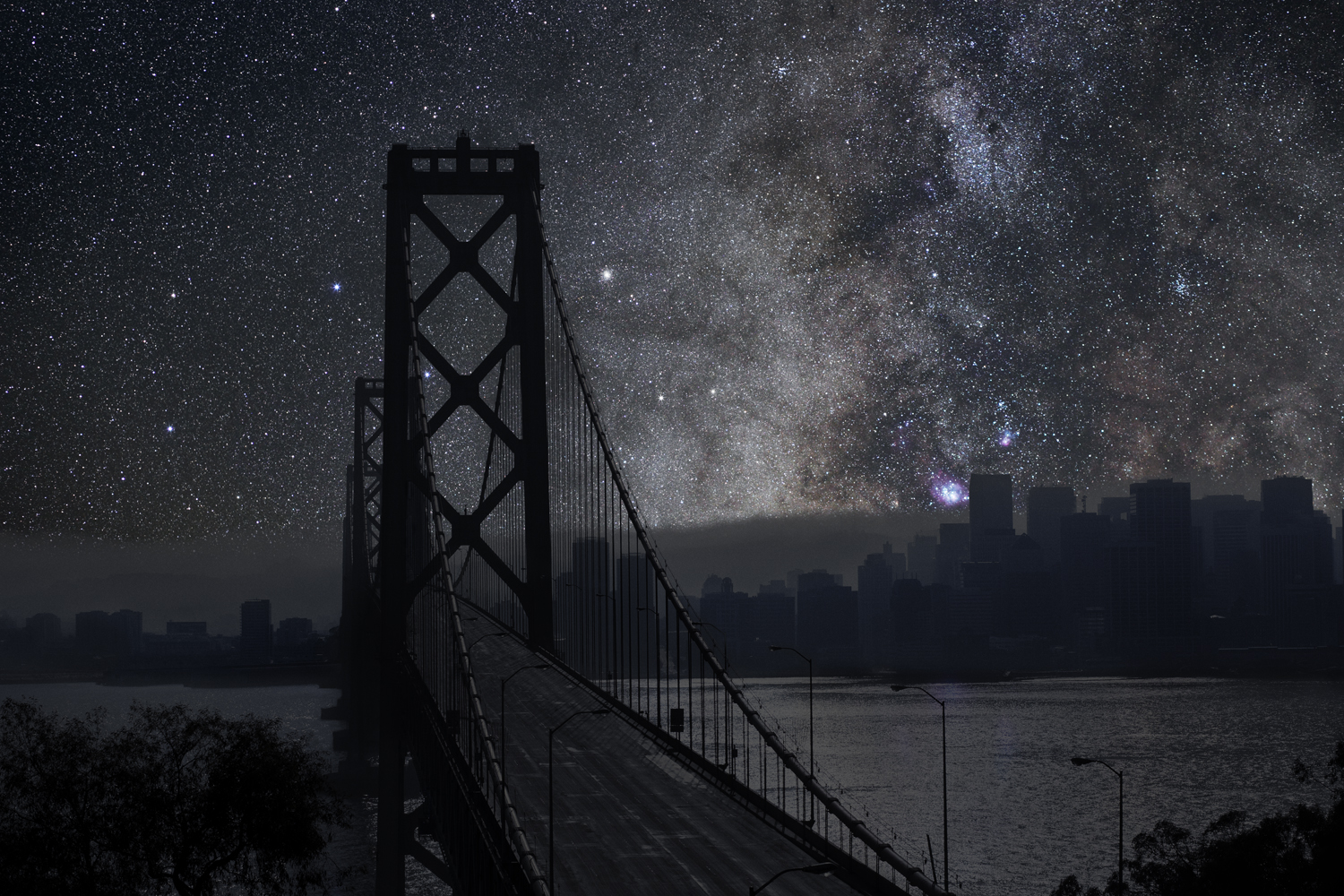
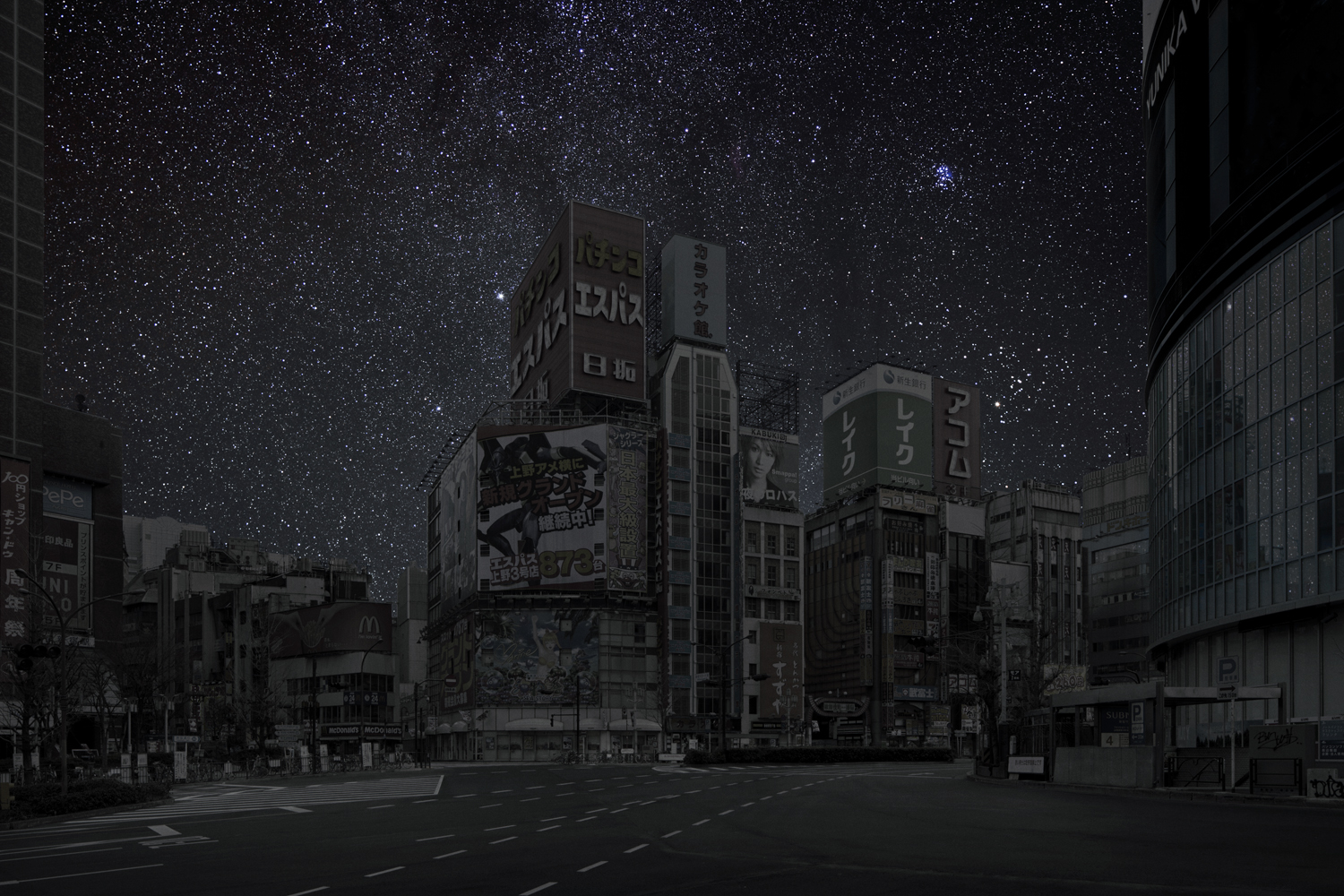

More Must-Reads From TIME
- The 100 Most Influential People of 2024
- Coco Gauff Is Playing for Herself Now
- Scenes From Pro-Palestinian Encampments Across U.S. Universities
- 6 Compliments That Land Every Time
- If You're Dating Right Now , You're Brave: Column
- The AI That Could Heal a Divided Internet
- Fallout Is a Brilliant Model for the Future of Video Game Adaptations
- Want Weekly Recs on What to Watch, Read, and More? Sign Up for Worth Your Time
Contact us at letters@time.com